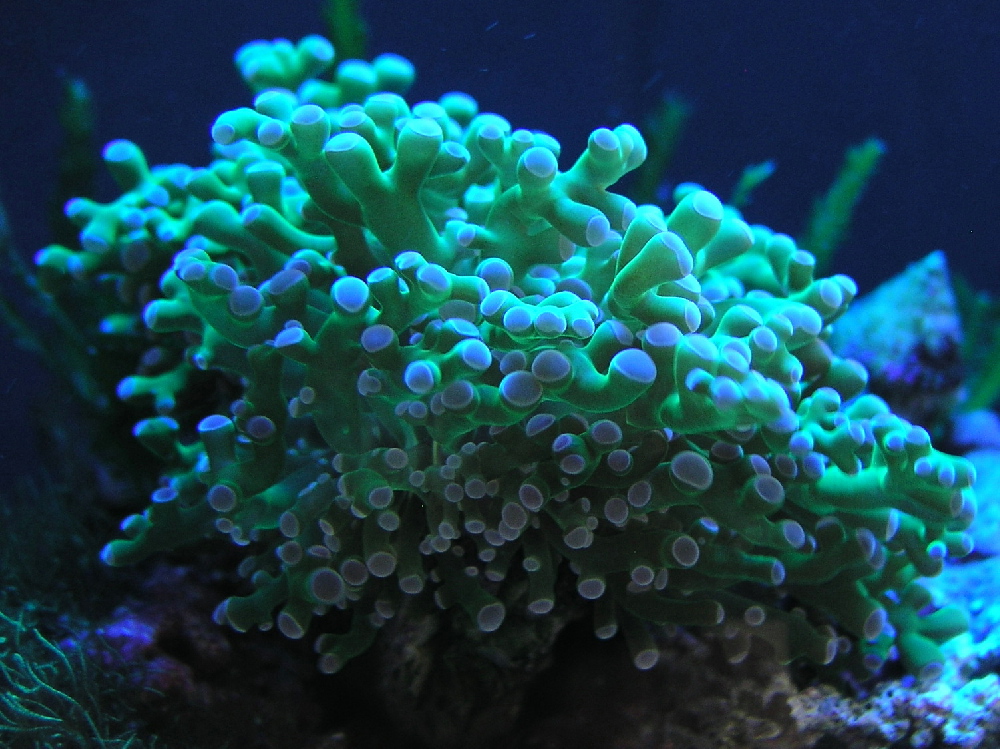Hi Dana,
I have watched your interview with Terrance (Neptune Systems) on the Sky last night. Will you please explain how exactly do you calculate DLI on our tanks? Is it just something as simple as PAR divide by time span? With my luck, that sounds too simple.
Also...will the Sky, that you know of, include this calculation in it's software?
Thanks Dana, I am always looking forward in learning from you.
Bill
I have watched your interview with Terrance (Neptune Systems) on the Sky last night. Will you please explain how exactly do you calculate DLI on our tanks? Is it just something as simple as PAR divide by time span? With my luck, that sounds too simple.
Also...will the Sky, that you know of, include this calculation in it's software?
Thanks Dana, I am always looking forward in learning from you.
Bill



















